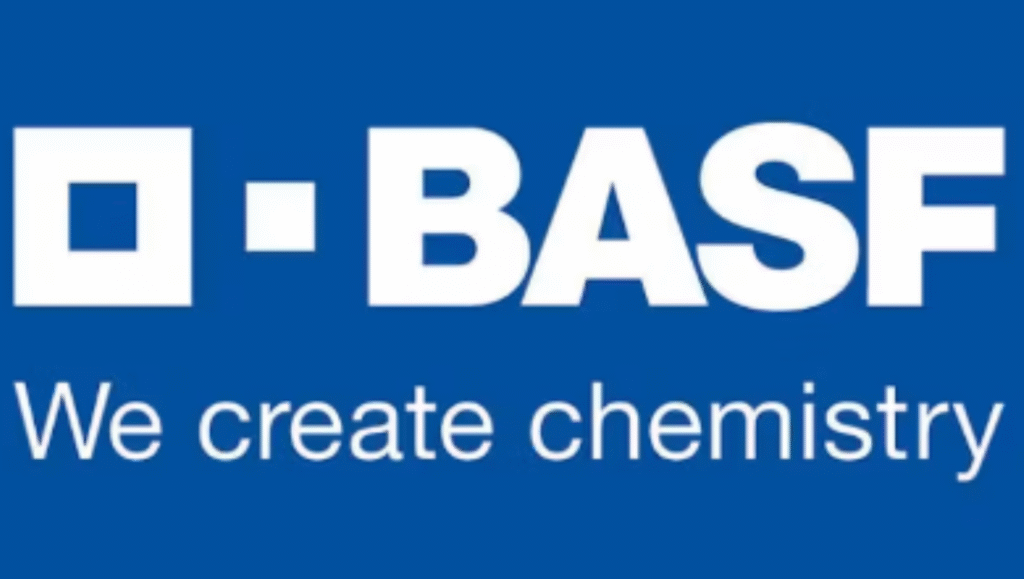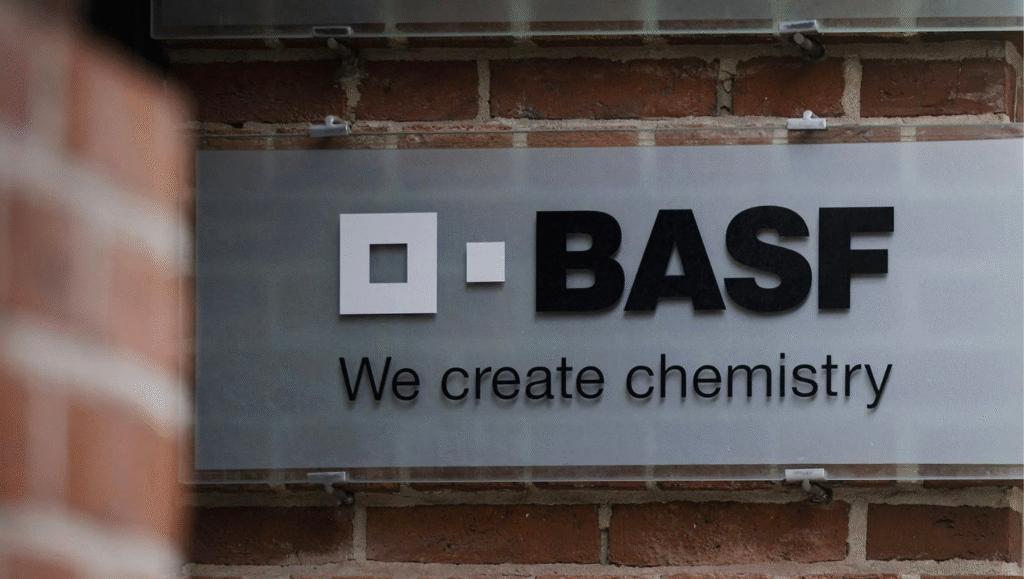
The world’s largest chemical company, BASF SE, has launched the sale of its coatings business, worth around €6 billion (USD 6.8 billion), as a strategic decision to rationalize its portfolio in the face of the global economic downturn.
The process, reported by Bloomberg News on May 30, 2025, has attracted interest from major private equity firms and industry players, including Carlyle Group Inc. and Sherwin-Williams Co., as well as CVC Capital Partners, Advent International, Blackstone Inc., and Lone Star Funds.
As India’s USD 3.5 trillion economy eyes opportunities in the global chemicals market, BASF’s divestiture could reshape the USD 20 billion coatings industry, though challenges like regulatory hurdles and MSME integration in supply chains persist.
The coatings business, one of BASF’s most important segments, contributes considerable revenue, and the worldwide powder coatings industry will reach USD 20.87 billion in 2030 at a 5.46% CAGR, according to a 2024 ResearchAndMarkets report.
BASF’s CFO revealed during early May 2025 that the company would consider strategic alternatives, such as a pure sale or joint venture with a minority interest, after its Capital Markets Day in September 2024, according to Repairer Driven News.
The sale fits with BASF’s restructuring to concentrate on core chemicals and agriculture businesses in anticipation of a global economy with a volatile environment that includes U.S. threats of tariffs and a 2.8% growth projection for the world in 2025, according to a 2024 IMF report.
Potential suitors are considering a high-ticket transaction that could be one of Europe’s biggest industrial buyouts in 2025. Carlyle and Sherwin-Williams are mulling a joint offer, capitalizing on Sherwin-Williams’ knowledge of paints, while private equity players such as CVC and Blackstone are looking at best-and-final offers, according to Bloomberg.
India, which plays an important role in the global coatings sector, can gain from BASF’s restructuring. India’s coating sector, worth ₹70,000 crore in 2024, is fueled by infrastructure development under PM Gati Shakti and housing demand through Pradhan Mantri Awas Yojana (PMAY), according to a 2024 CII report. Indian MSMEs, which provide 40% of coating inputs, may benefit from technology transfers if consumers such as Sherwin-Williams increase operations.

Government programs such as the Production-Linked Incentive (PLI) scheme, with ₹50,000 crore, assist MSME innovation, accounting for 30% of industry output. The Open Network for Digital Commerce (ONDC) increases MSME market exposure by 25%, according to a 2024 SIDBI report.
Hurdles persist. Regulatory clearances for cross-border transactions, taking 4–6 years compared with China’s 2, may slow down the sale, according to a 2024 Nasscom report. MSMEs incur ₹1–2 lakh of compliance expenses every month, restricting their integration into global value chains.
Infrastructure deficiencies, such as erratic power, interrupt production, impacting 20% of local units. Skill deficits, with merely 5% of Skill India’s 2 million skilled employees skilled at advanced coating technology, restrict innovation. Global trade uncertainty, affecting 30% of chemical exports from India, places pressure, according to a 2024 UNCTAD report.
Solutions are suggested by experts. The costs can be mitigated by subsidies under the Technology Upgradation Scheme. Technical training expansion of Skill India can close gaps. Reinforcing 5G and power reliability through PM Gati Shakti will stabilize operations. Public-private partnerships with IITs can create cost-effective coating technology. CII-led campaigns can increase ONDC adoption and awareness across industry.
BASF’s €6 billion coatings sale, a risky move in its restructuring, might reframe the global industry as well as unlock prospects for India’s chemical sector.
By overcoming regulatory, skill, and infrastructure challenges, India can take advantage of this transition to solidify its coatings ecosystem, propelling growth to Viksit Bharat by 2030.
